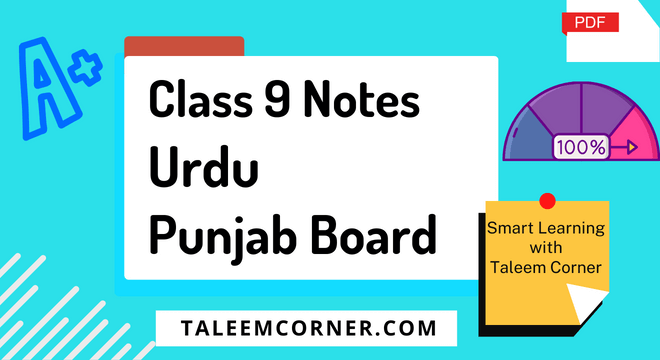Punjab Board 9th Class Physics Notes
Students, are you looking class 9 physics notes for punjab board? then you see the right post. We provide updated 9th-class physics notes that help students to easily understand chapter-wise concepts and prepare solved MCQs, short and long-detailed questions with answers, and important topics for board exam preparation. These physics notes are specially prepared by … Read more




